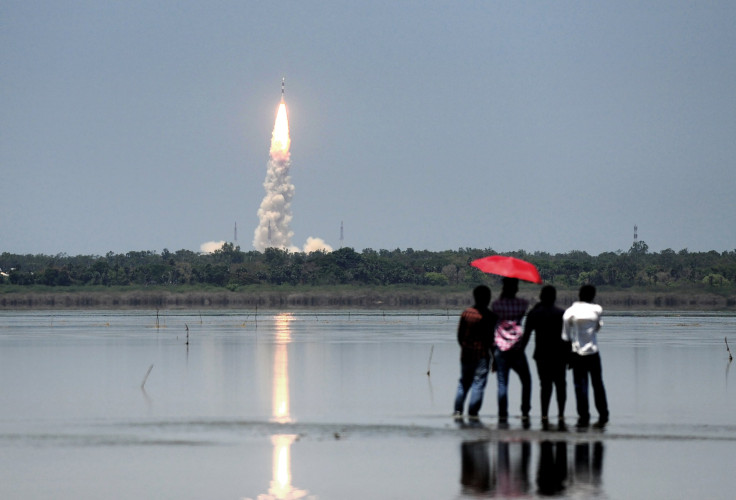India Test Launches Reusable Space Shuttle, Joins Global Race

India successfully tested a home-grown winged reusable launch vehicle (RLV) at Sriharikota in southern India Monday. With this, the country has joined the race to develop reusable spacecraft.
There has been strong international competition in this field since NASA closed its Space Shuttle program in 2011. Japan, Europe and Russia are also in the testing stages for similar technology. Within the U.S., private players like Elon Musk's SpaceX and Amazon owner Jeff Bezos's Blue Origin are working in this direction.
Indian Space Research Organisation (ISRO) spokesperson Devi Prasad Karnik told Indo-Asian News Service (IANS): “We have successfully accomplished the RLV mission as a technology demonstrator. The lift-off was at 7.00 a.m. from the first launch pad here.” The mini-shuttle, about six times smaller than the eventual full-fledged spacecraft, returned and plunged into the Bay of Bengal, over 300 miles from the coast. It was a 10-minute flight, about 43 miles from the Earth.
Before the test, Vikram Sarabhai Space Centre (VSSC) director K. Sivan told IANS, “The long-term objective of this mission is to reduce the launch cost by 80 percent of the present cost by using a reusable vehicle.”
On Twitter, Indian Prime Minister Narendra Modi applauded the dynamism and dedication of ISRO and the Indian scientists.
Launch of India's first indigenous space shuttle RLV-TD is the result of the industrious efforts of our scientists. Congrats to them.
— Narendra Modi (@narendramodi) May 23, 2016
India’s space programme had launched a Mars orbiter in 2013. Now, it reportedly hopes to launch a full scale reusable shuttle within a decade.
© Copyright IBTimes 2025. All rights reserved.






















